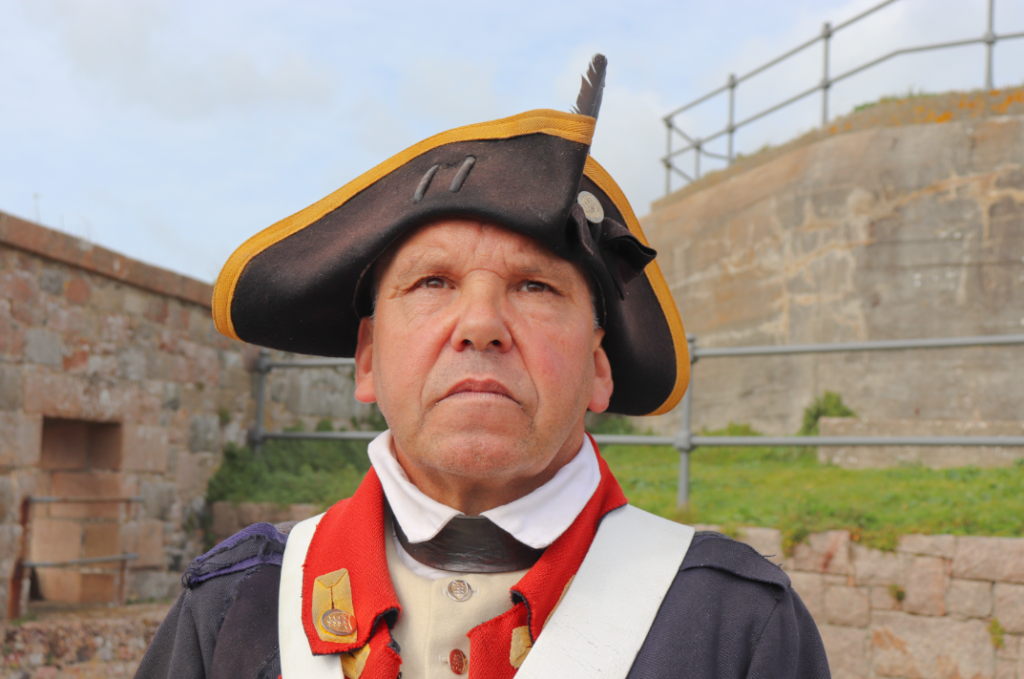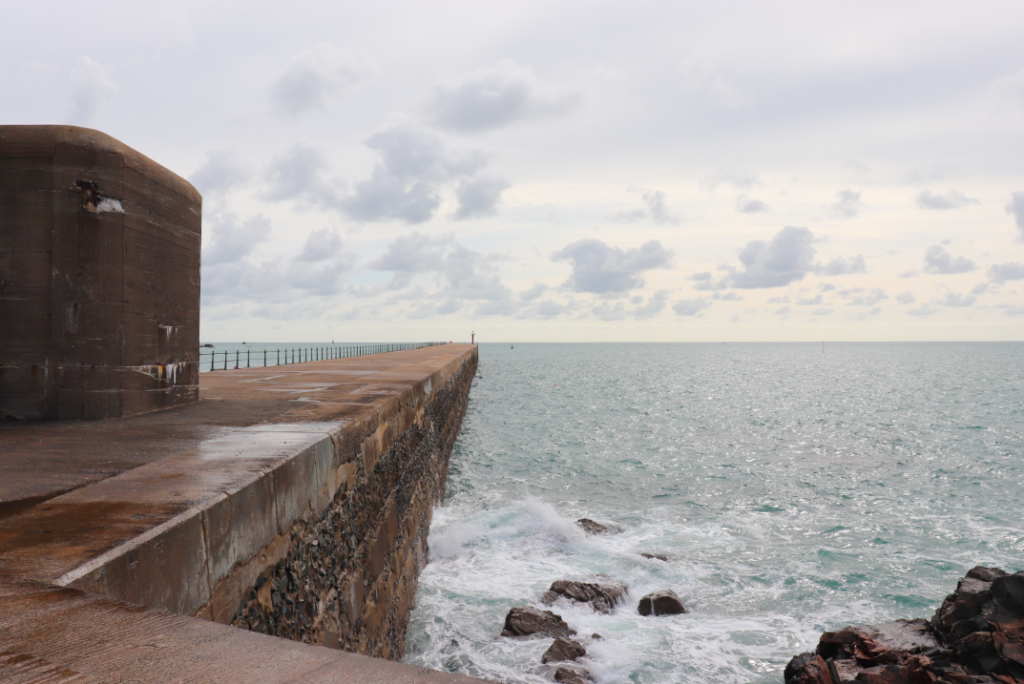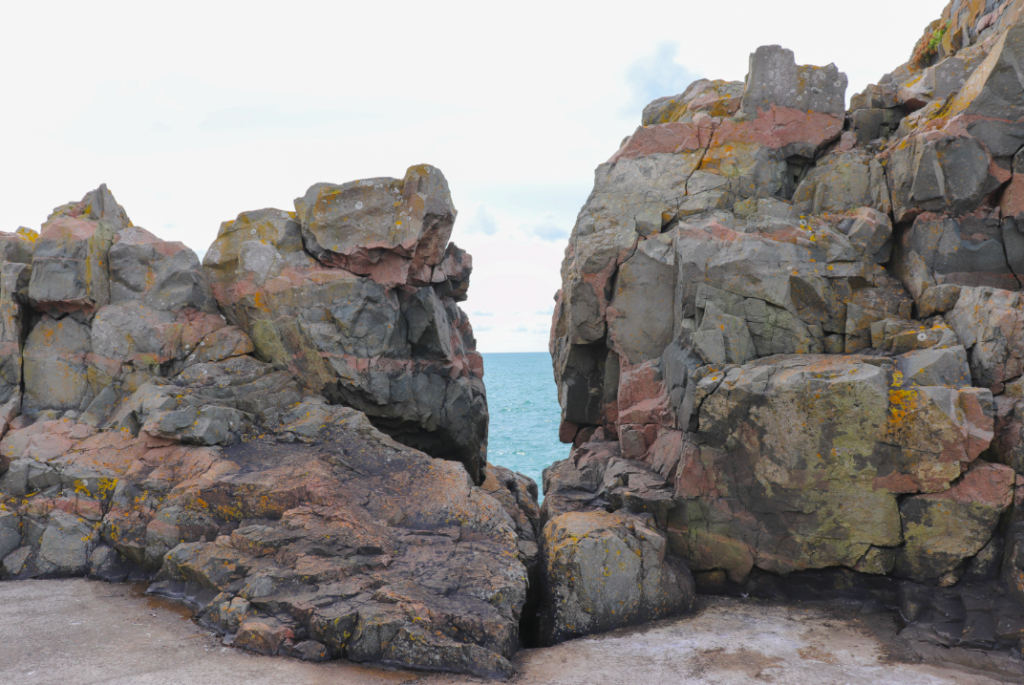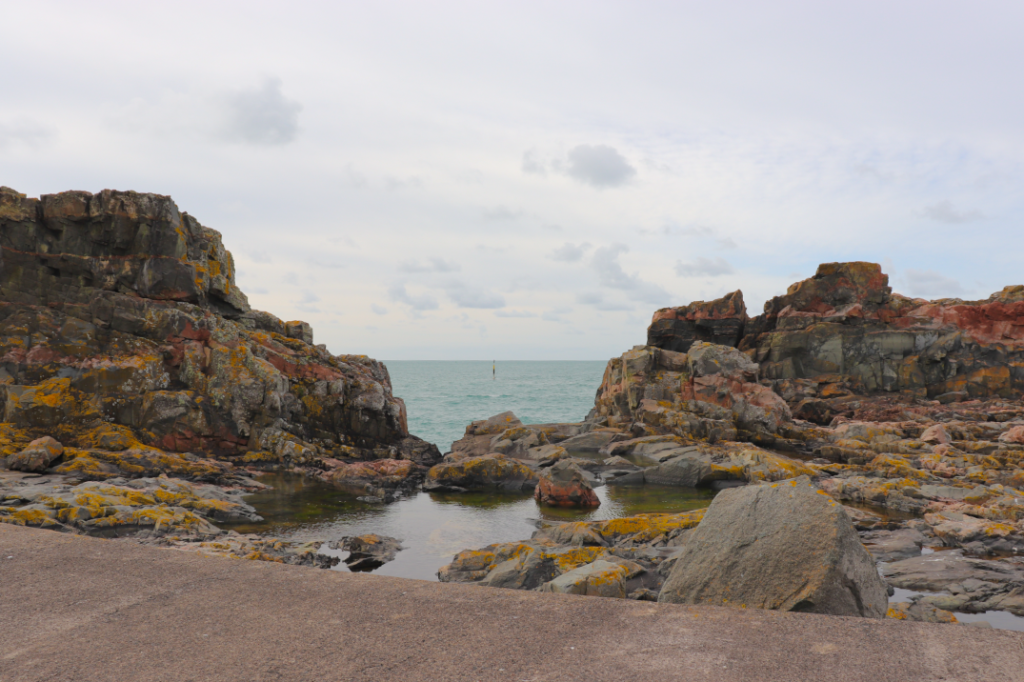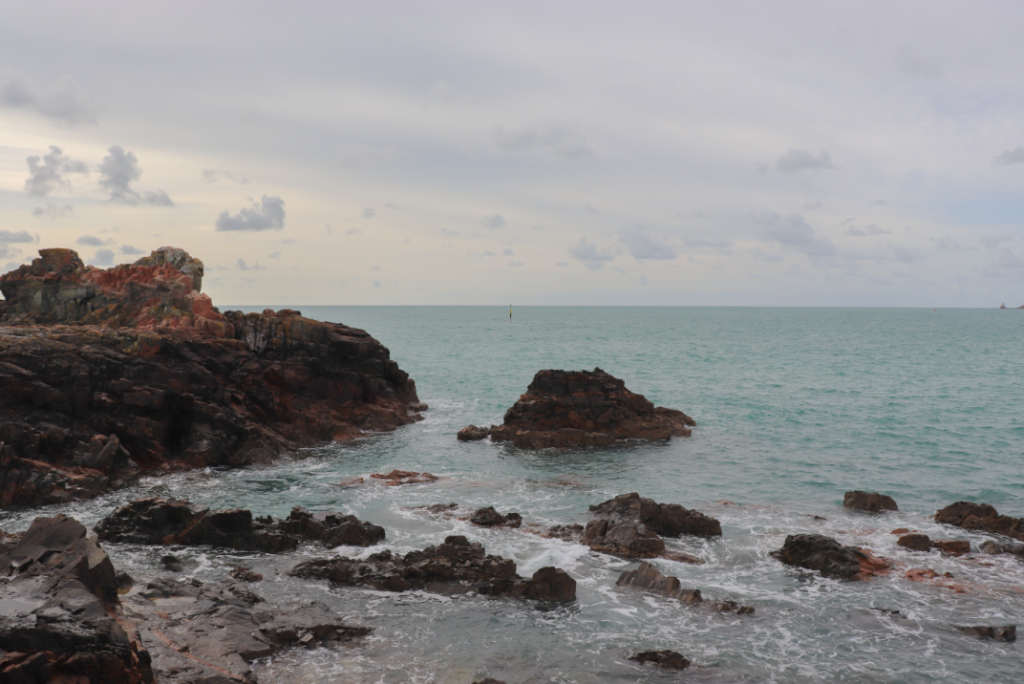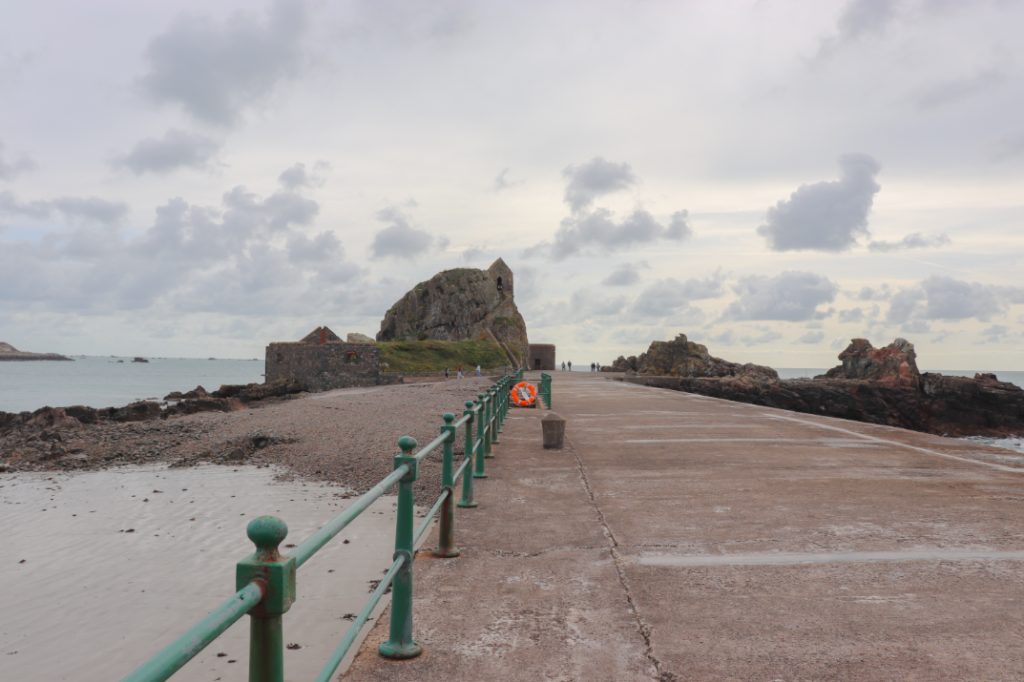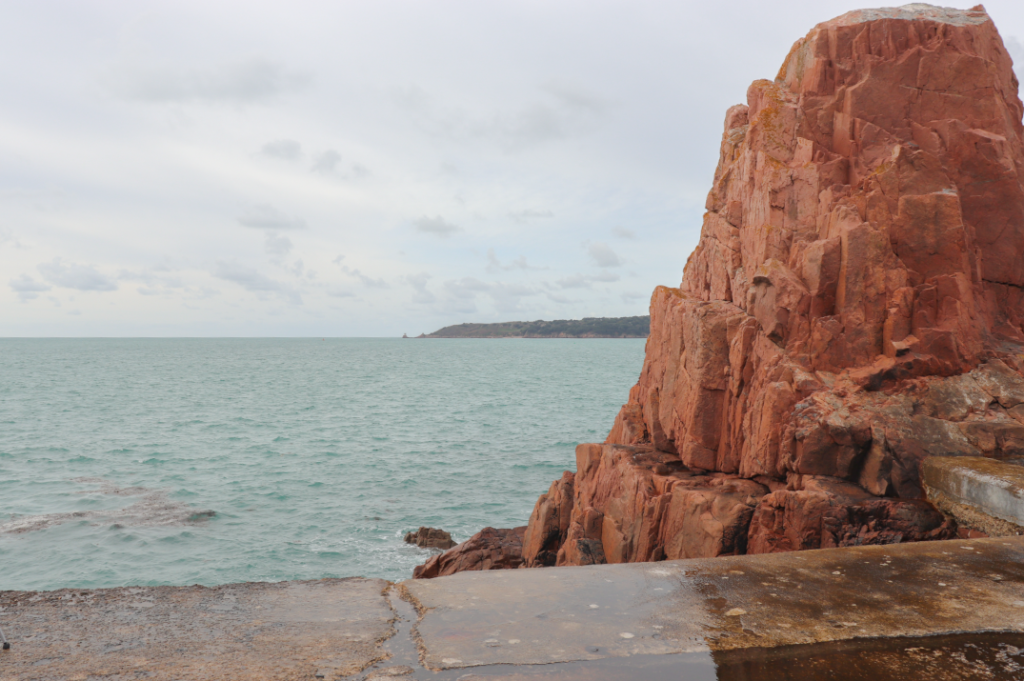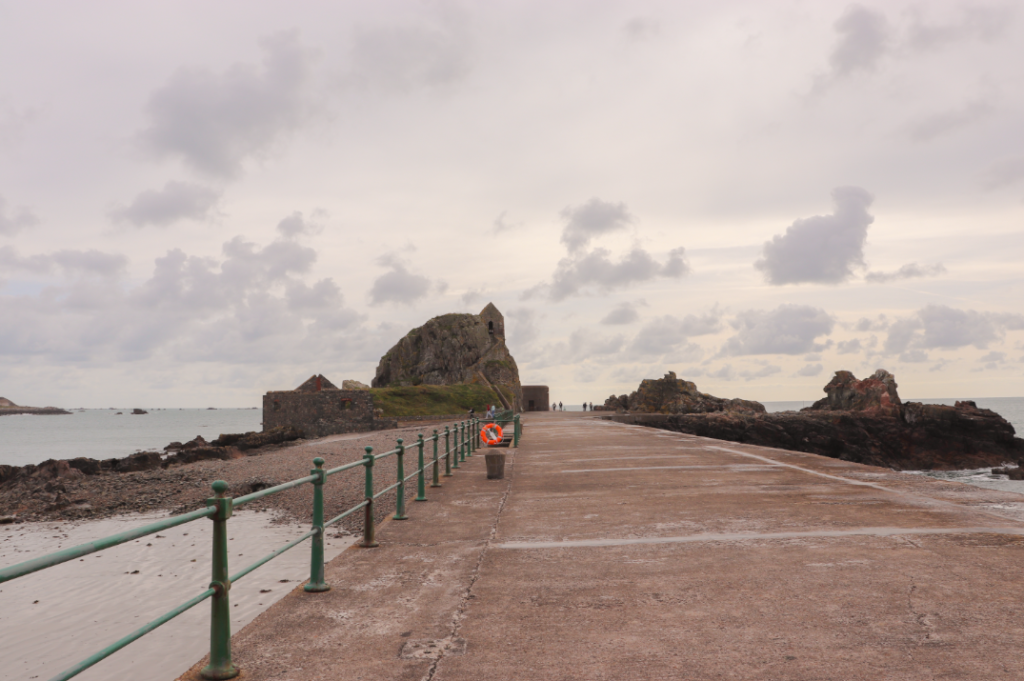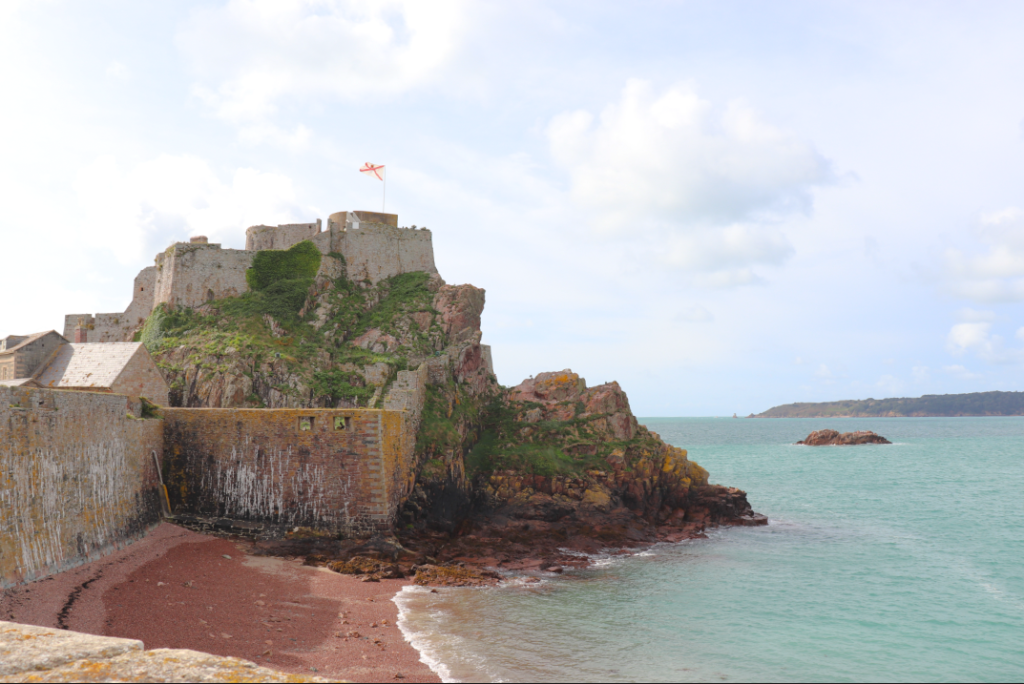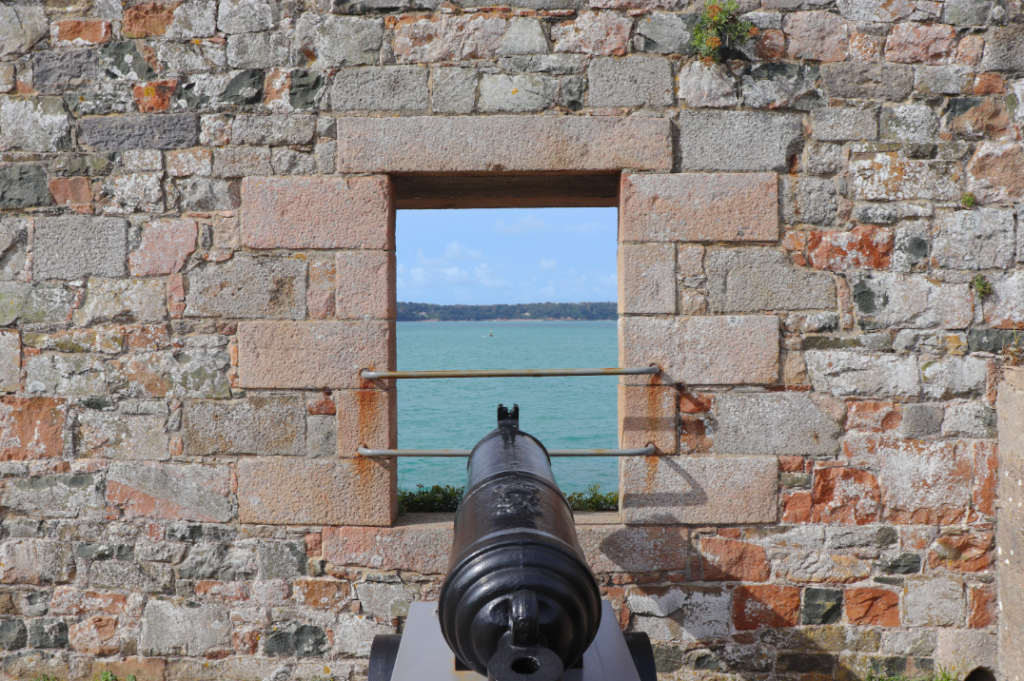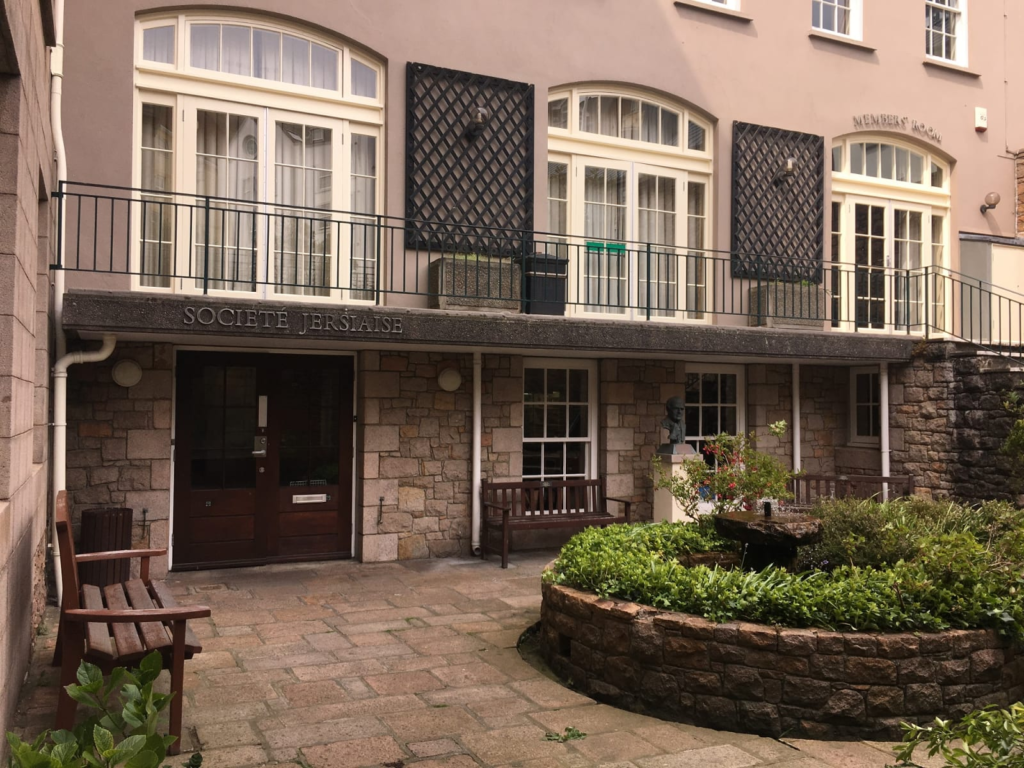-We decided to have a narrator to read our version of St. Helier’s life story, with links to Elizabeth Castle. We chose Gail O’Malley as the reader to have a more mature voice and we thought it would sound most effective. We will record the narration in seven parts, making it simpler to re-record mistakes as we wouldn’t have to re-do the entire narration. The audio will play over the entire duration of the film, with short pauses in between each paragraph.
Script
“Saint Helier was born to pagan parents in Tongeren, Belgium in the early 6th century. His parent’s inability to conceive caused them to seek help from a Christian teacher, Saint Cunibert, who advised them to pray to God. However, his came with one condition- the child would have to be handed over to God, and Saint Cunibert would be the one to bring him up as a Christian. The couple were blessed with a son and were forced to act upon their promise.”
“After years of Saint Cunibert’s influence on his son, Helier’s father grew angry and had the teacher killed. This caused Helier to flee, and the young traveller ended up in Normandy, where he found shelter in a monastic community. Helier was baptised by Saint Marculf, who sent him as a missionary to Agna, which we now know as Jersey. The island was recorded as having only 30 inhabitants at the time, due to the repeated attacks by Vikings. Helier, along with a companion Saint Romard was sent to guide the helpless people.”
“After their arrival, Helier settled on a tidal islet, nowadays known as the Hermitage Rock, next to the island now occupied by Elizabeth Castle. Having a better view of the surrounding ocean, Helier could easily spot the approaching attackers and signal to the shore, allowing the inhabitants to scatter and avoid the attackers’ bloodlust.”
“However, this all came to an abrupt stop on one stormy night in the year 555. Night was falling, the storm made the sea dark, and Helier did not spot an incoming pirate ship. The tyrants reached the small islet where the hermit lived and beheaded the frail man with an axe, after he refused to renounce his religion.”
“Legend says that Helier picked up his head and walked to the shore of Jersey, declaring pirates were attacking, before falling down: dead. His body was placed in a small boat by Saint Romard, which is said to have reached the beaches of Normandy where he was later buried. He was a declared a saint due to his sacrifice for the people of Jersey.”
“During his life in Jersey, it was recorded that Saint Helier performed one healing miracle, curing a man named Anquetil. However, the man was mostly known for bringing Christianity and hope to the island, for which the inhabitants were extremely grateful for.”
“Nowadays, the saint’s memory is preserved in the Hermitage, a small 12th-century oratory, which can be visited by walking down the breakwater connecting the castle and the hermit’s old residence. A part of the original islet has been kept inside of the Hermitage, where a shallow nook in the rock served the hermit as a home.”
-Read by Gail O’Malley

